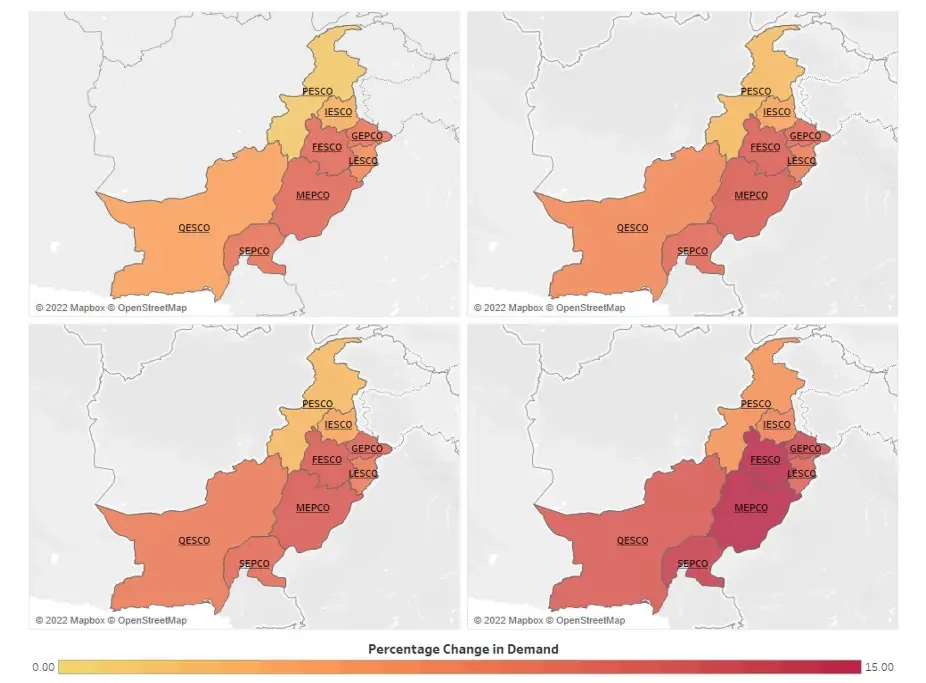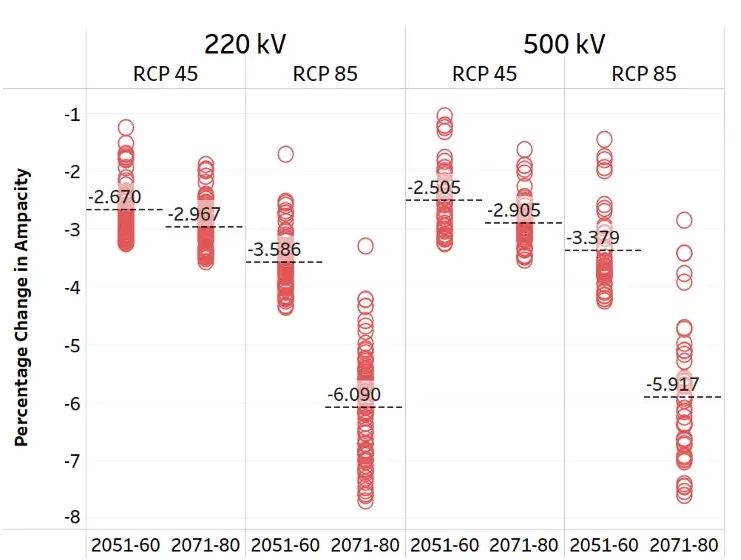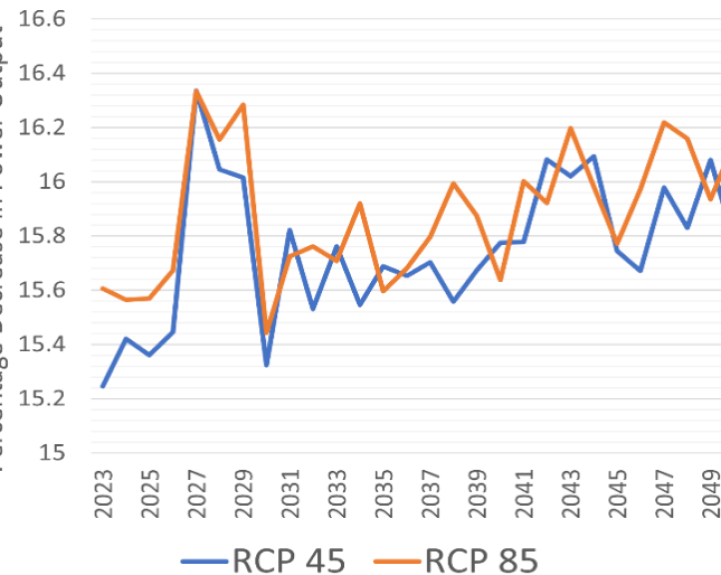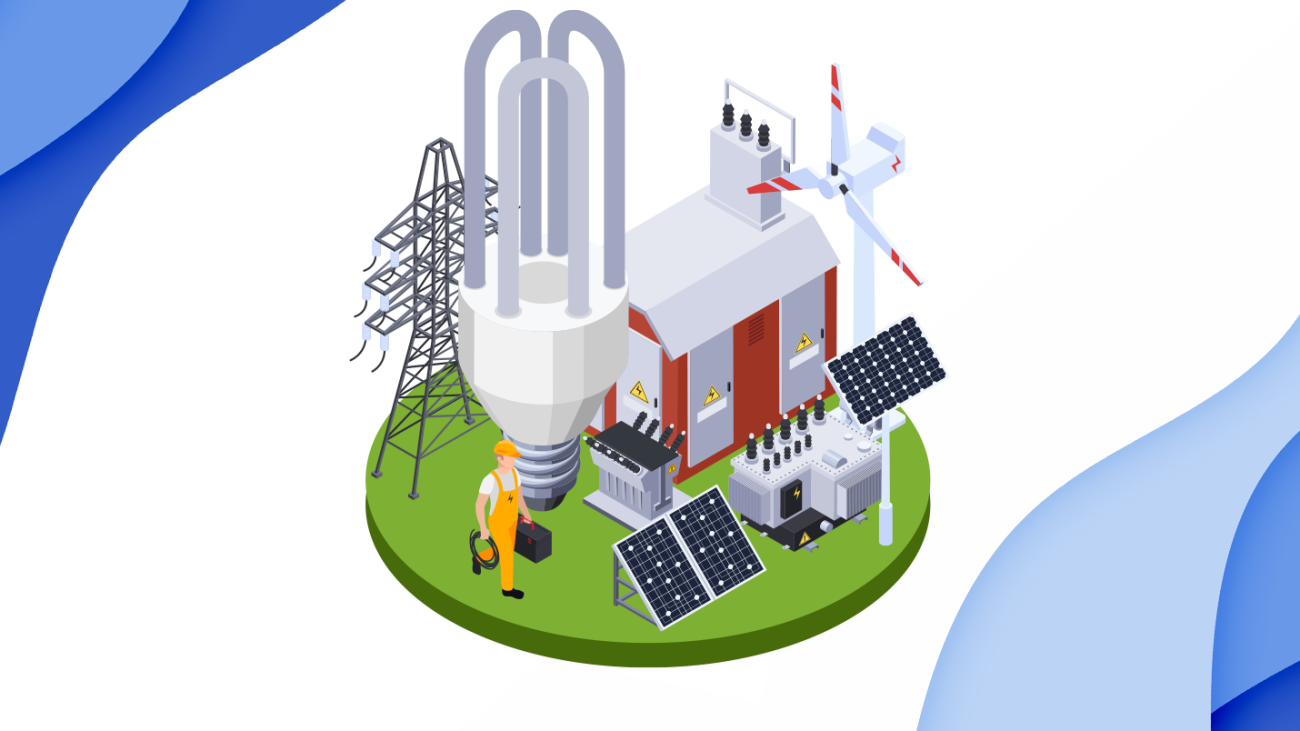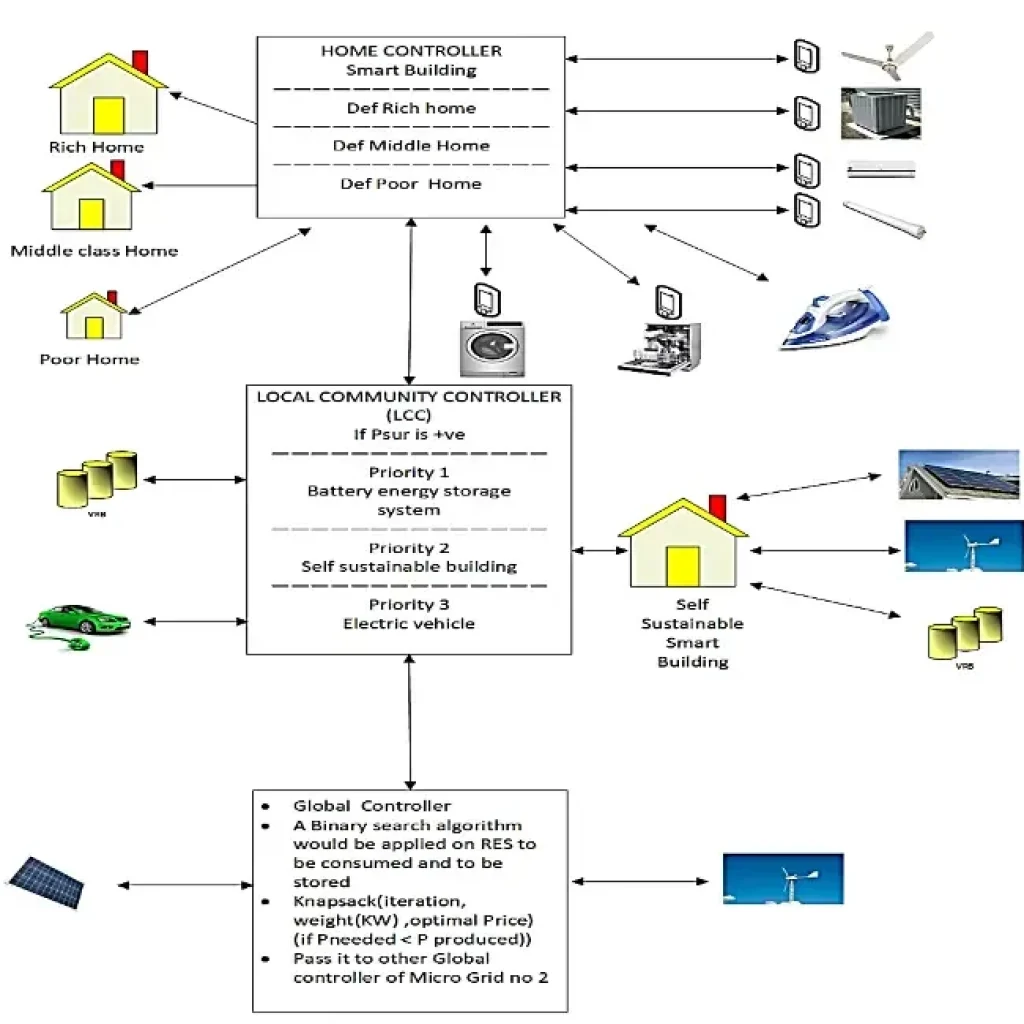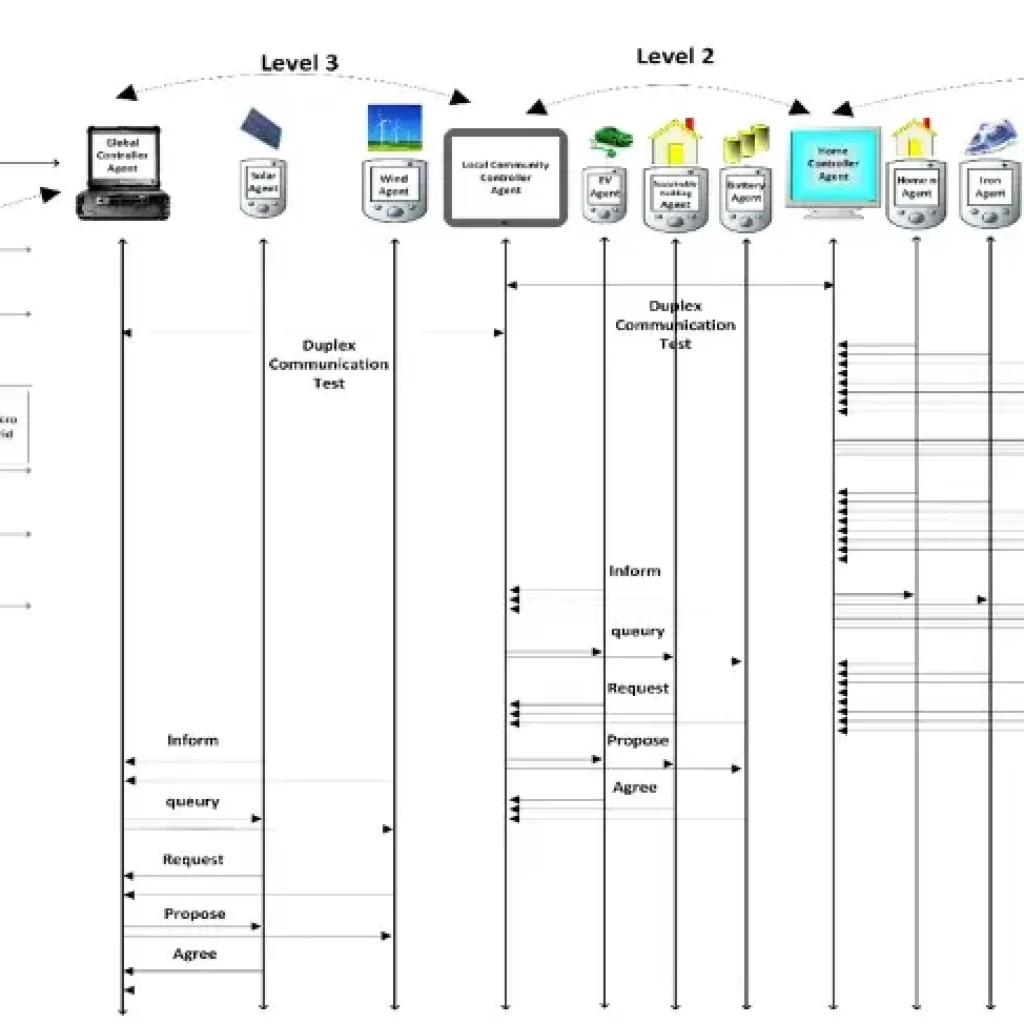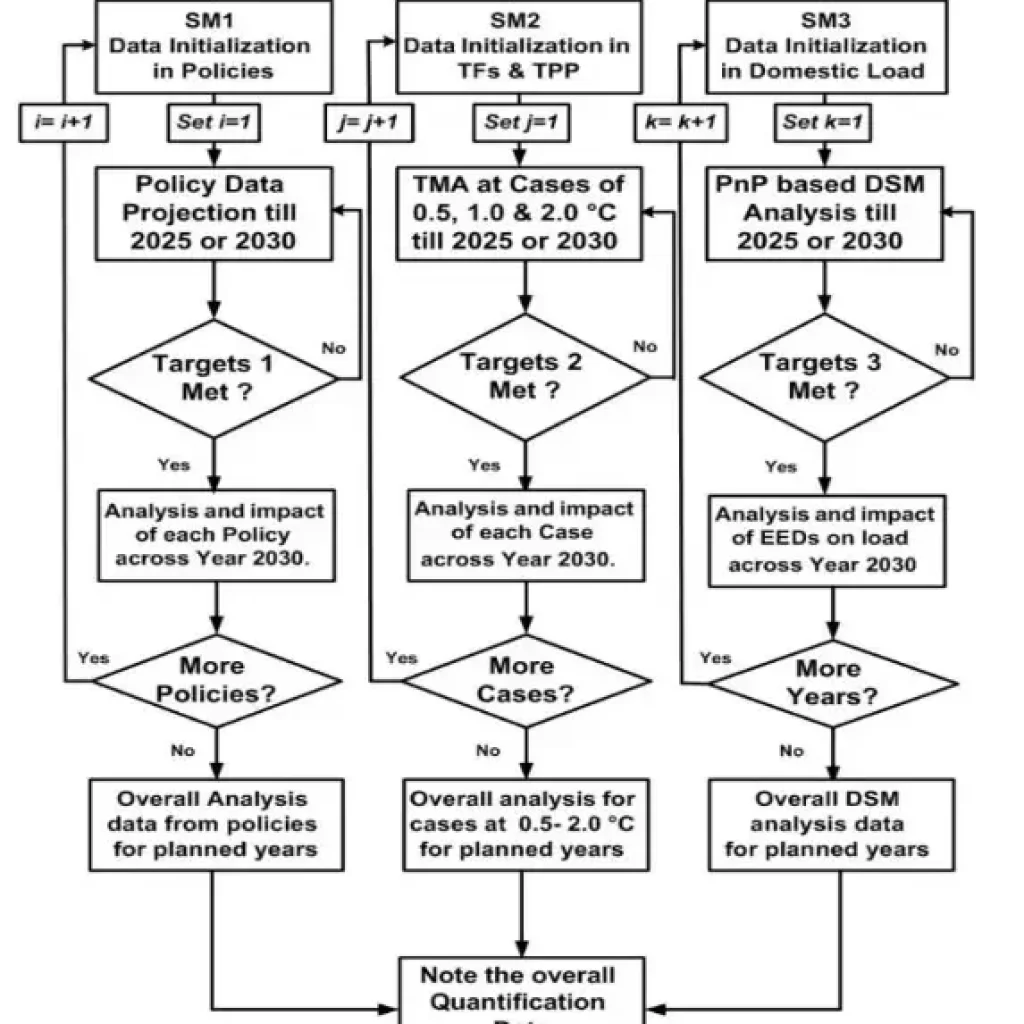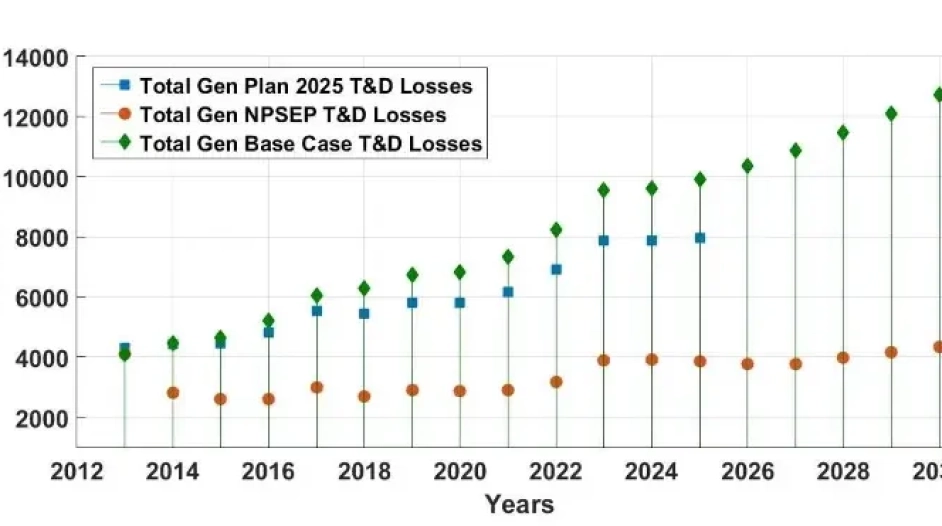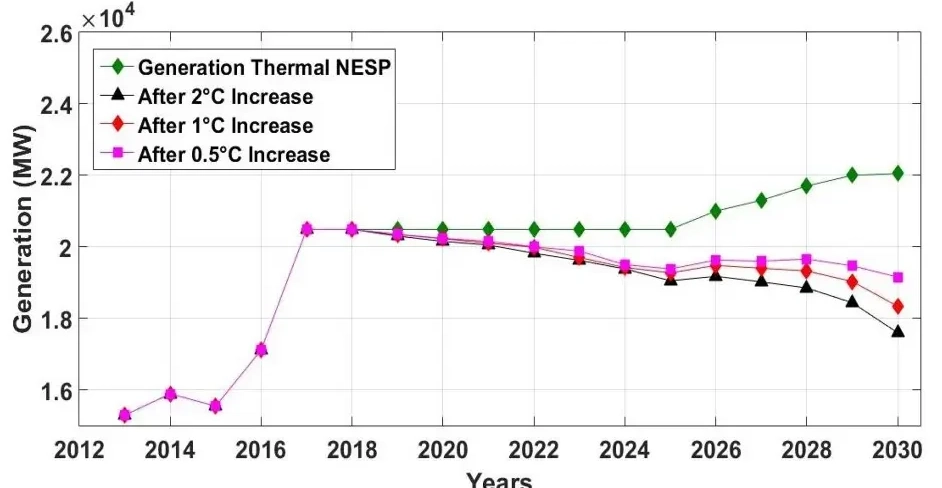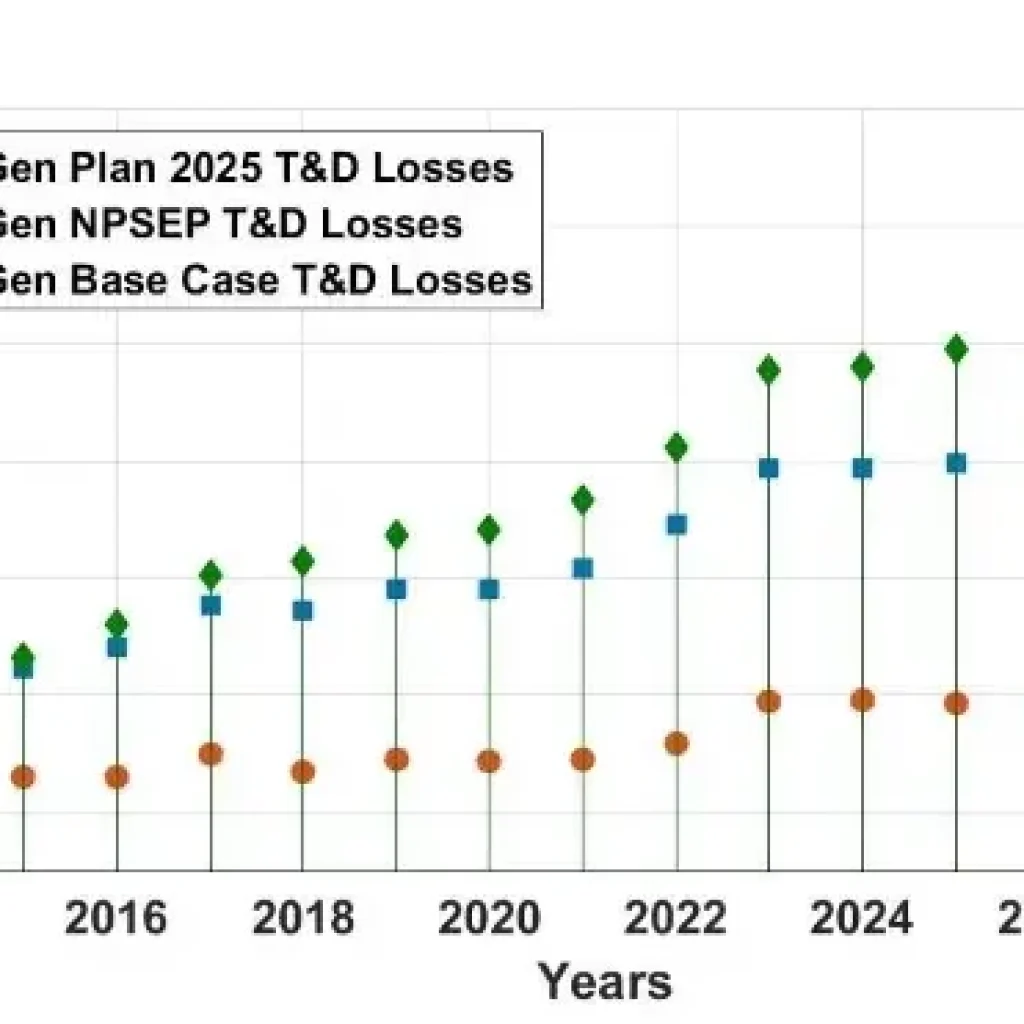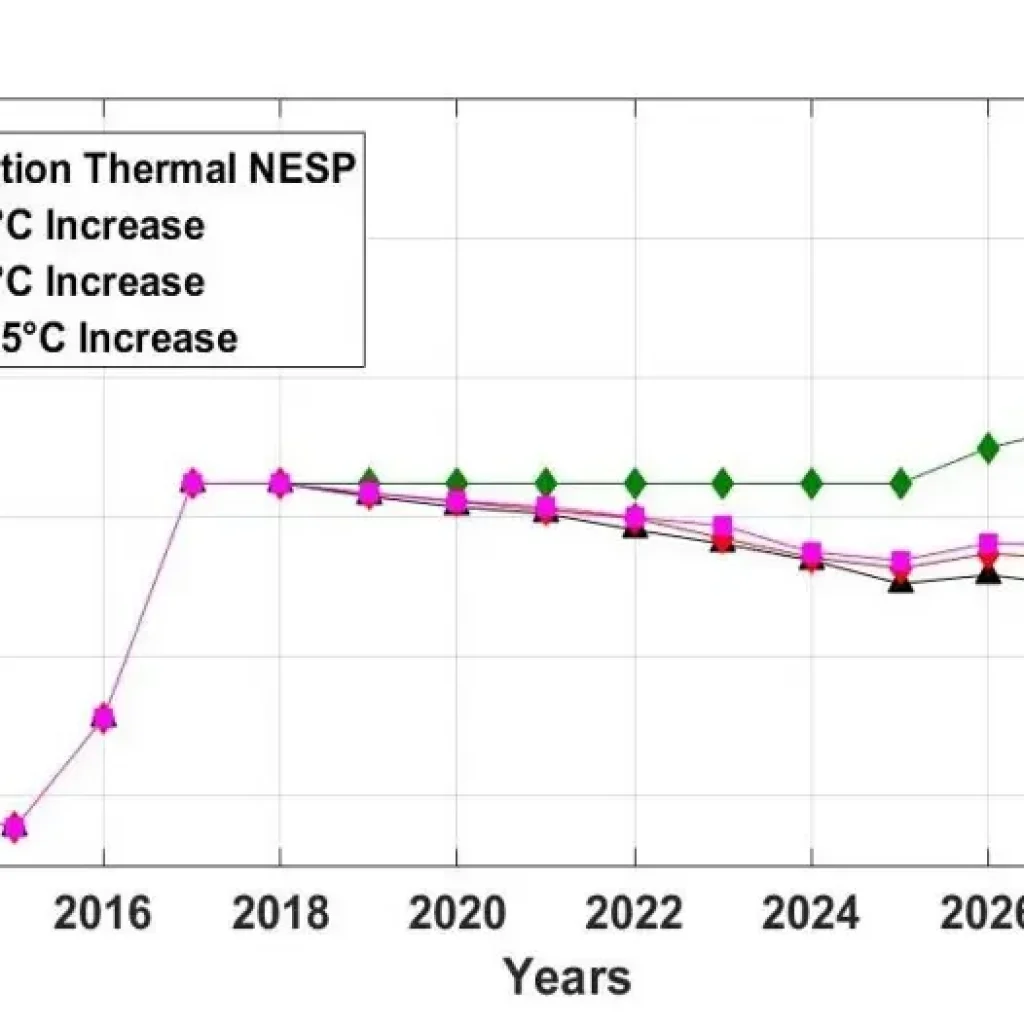Groundbreaking Research on the Architecture of Smart Cities: Balancing Energy, Comfort, and Financial Gains.
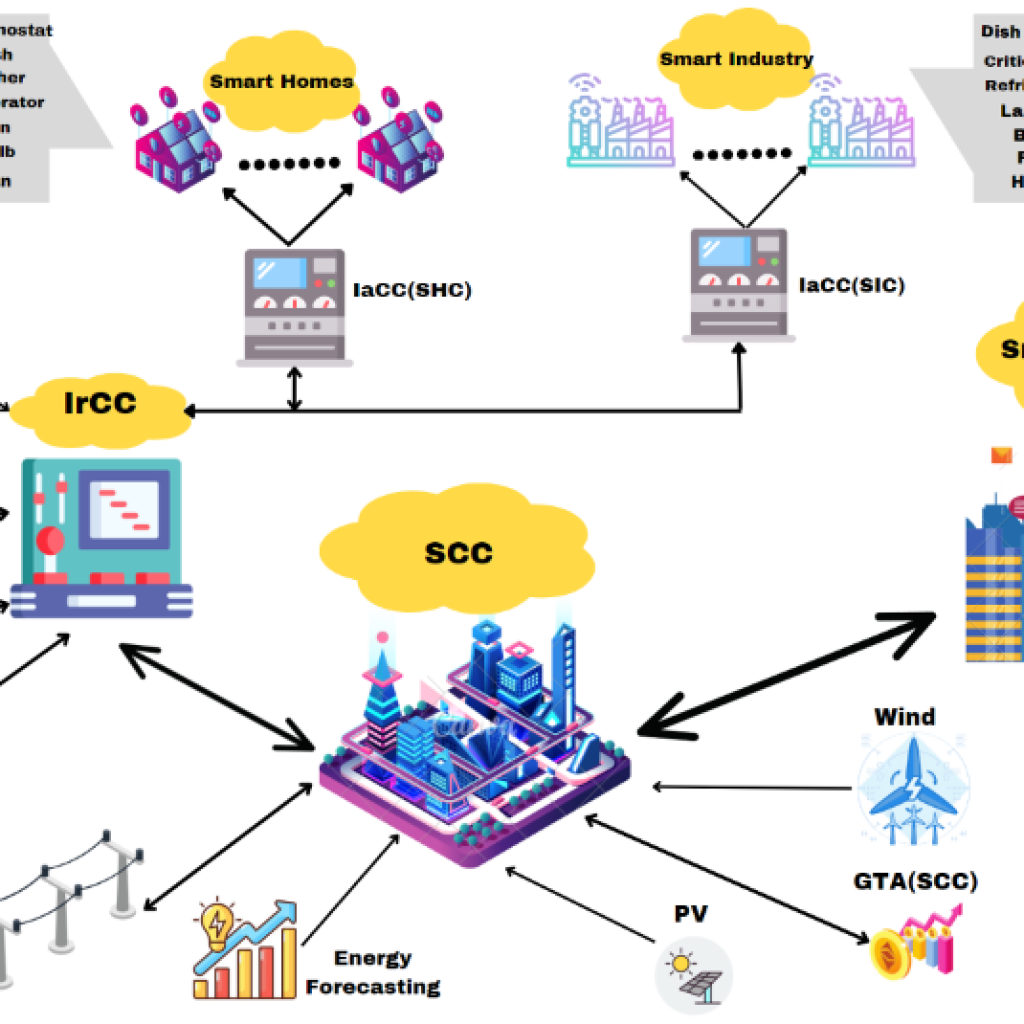
Smart City Architecture
Background:
The transition from smart homes to smart cities brings forth challenges such as unstable power generation, inefficient demand-side integration, low financial returns, and insufficient communication among agents. Overcoming these hurdles using innovative solutions is key to optimizing energy use, improving comfort, and enabling sustainable financial outcomes through efficient energy trading in urban areas.
You can read more about technological advancements toward smart energy management in smart cities here
Solution:
Our energy scientists and analysts developed a cutting-edge four-stage model addressing these challenges with advanced algorithms and smart infrastructure:
Stage 1:
Integrated Smart Hybrid Models (LSTM + GNN) and Graph Neural Networks (GNN) for enhanced load forecasting. This improved forecasting accuracy, achieving a MAPE of 0.0776 for the Smart Hybrid Model, surpassing the LSTM model’s MAPE of 0.0787 by 1.14%.
Stage 2:
We developed a smart home system with interconnected devices and adaptive thermostats designed to manage electricity use efficiently and intuitively. Leveraging MOPnP (Multiobjective Plug-and-Play) and MOPPnP (Multiobjective Prioritized Plug-and-Play) algorithms, this smart home system strikes the ideal balance between user comfort and energy efficiency.
Stage 3:
Developed scalable smart city infrastructure to analyze high-RES and low-RES penetration scenarios. Our intelligent MMG structures reduced costs, improved energy usage, and created a strong foundation for smart energy trading in diverse city environments.
Stage 4:
Implemented decentralized energy trading setups, yielding unrealized PnL rates of +116%, +78%, +71.63%, and +250%, supporting high ROI, efficient payback periods, and profitable stakeholder engagement.
Results:
- Forecasting Accuracy: MAPE improved to 7.76%, outperforming the baseline by 1.14%.
- Cost Efficiency: Reduced monthly electricity expenses by up to 94%.
Energy Trading Gains: Achieved unrealized PnL rates of +116%, +78%, +71.63%, and +250%.
This groundbreaking work shows how advanced forecasting models, smart home systems, and decentralized energy trading can shape future cities that are sustainable, efficient, and highly profitable.To see how our consumer-ready products bring these innovations to life, explore our solutions here.

Load Forecast (30 days)




